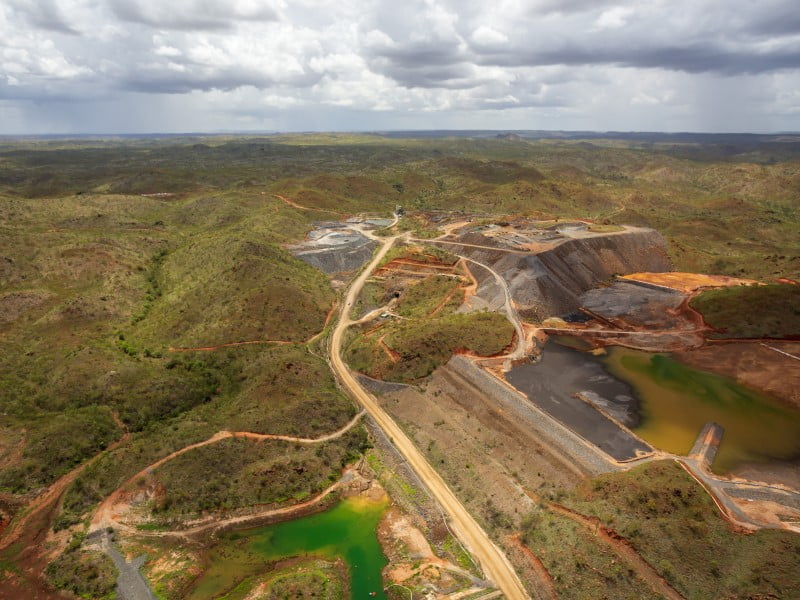A significant battery minerals opportunity presents itself to Australia according to the latest edition of the International Energy Agency’s Global Electric Vehicle Outlook.
Australia holds 22 per cent of the world’s nickel reserves, for example, which is the largest in the world, equal to that held by Indonesia. But Australian nickel production is just 6 per cent of global output while Indonesia makes up 40 per cent.
Further, Australia holds 20 per cent of the world’s cobalt reserves but produces just 3 per cent of current global output. In lithium production however, Australia produces about half of the world’s lithium but according to Geoscience Australia, in 2017 Australia only held 18 per cent of the world’s total reserves.
In the report, the International Energy Agency (IEA) describes the current world mineral extraction distribution as presenting “significant unrealised potential for diversification of extraction in the longer term”. However, it does not anticipate current trends will change in the short term.

Nickel and cobalt are common chemical components of lithium-ion batteries, however electric vehicle producers have begun moving towards cobalt-free batteries due to high prices and increased supply chain pressures. The report also highlights that this trend has also been driven by concerns over human rights abuses and child labour in the Democratic Republic of Congo, which produces more than 70 per cent of the world’s cobalt.
Price pressure on cobalt, lithium, and nickel have been driven by a doubling of global electric vehicle (EV) demand, more than half in the Chinese market.
IEA figures also indicate that the sale of new electric vehicles, including plug-in hybrids, in Australia almost tripled between 2020-21. The report also notes that there is a ratio of 20.7 light-duty EVs to charging points in Australia, with an average 0.8 kilowatts of charging capacity per EV.
Prices recently surged following Russia’s invasion of Ukraine. Russia supplies 20 per cent of the world’s high purity nickel and is the second largest producer of cobalt. Further, Lithium prices in May 2022 were seven times higher than at the beginning of 2021.
“If metal prices in 2022 remain as high as in the first quarter, battery packs would become 15 per cent more expensive than they were in 2021, all else being equal. However, given the current oil price environment the relative competitiveness of EVs remains unaffected,” the report reads.
China dominates battery supply chains, producing three quarters of lithium-ion batteries. It is also home to more than half of lithium, cobalt, and graphite processing and refining capacity.
Australia’s first production train of battery-grade lithium hydroxide opened last week through a joint venture between Chinese firm Tianqi Lithium and Perth-based IGO.
Before coming to power, the new Labor government promised it would establish a $1 billion Value-Adding in Resources Fund to support mining science technology capability and increase the share of raw materials processed domestically.
One quarter of the $200 million Critical Minerals Accelerator, announced under the Coalition government, was committed during the election campaign. The previous government also committed just under three quarters of the $2 billion loans available through the Critical Minerals Facility.
At the end of last year a $2.4 billion battery material processing and recycling plant connected to a nickel and cobalt mine was awarded Major Project Status.
Do you know more? Contact James Riley via Email.

